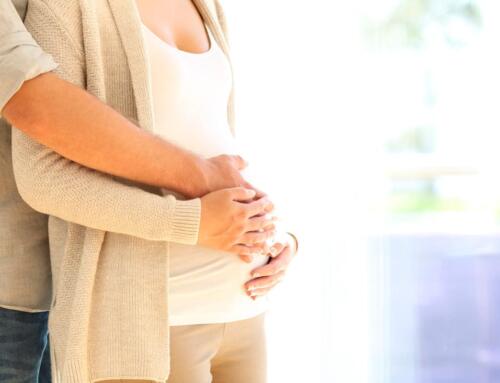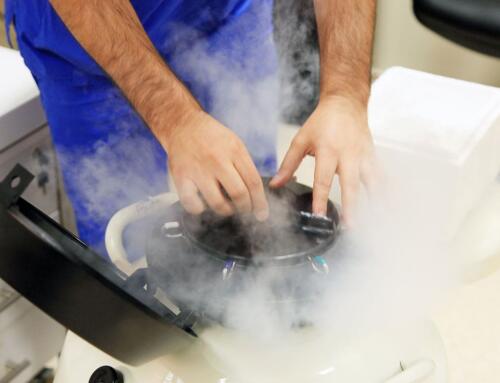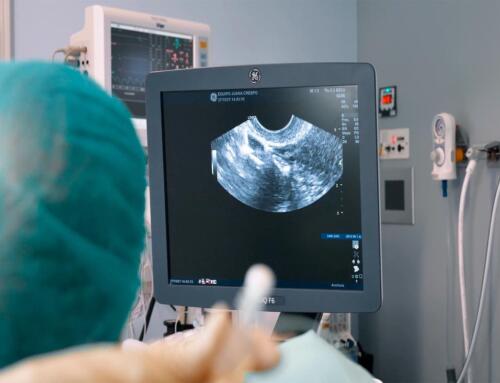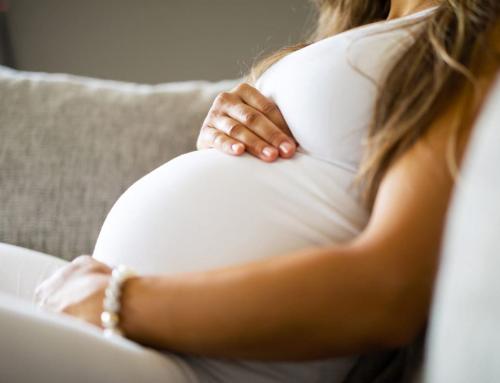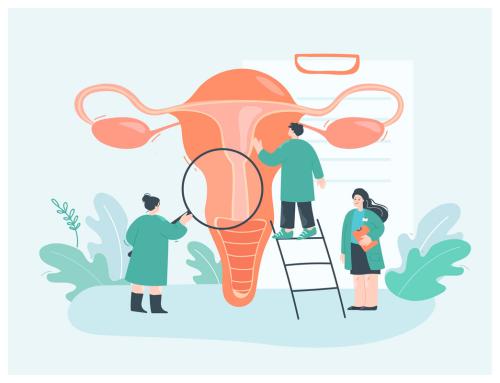It is possible that in the midst of your struggle to become pregnant, you may be diagnosed with endometrial polyps. This alteration of the endometrium is usually benign, but it can hinder embryo implantation. Fortunately, endometrial polyps are simple to diagnose and treat.
At Juana Crespo we are specialists in fertility repair surgeries capable of resolving endometrial polyps and other more complex uterine pathologies that hinder pregnancy. If you want to know how endometrial polyps affect your fertility and how to solve this setback within a fertility treatment, keep reading this article.
What are endometrial polyps and why do they develop?
Endometrial or uterine polyps are usually glands of endometrial tissue that, for some reason, grow exponentially.
This exponential tissue growth may be due to hormonal problems. This is why it is a more frequent pathology in women who have an irregular menstrual cycle. This is the case of women who are in menopause, where there is still estrogen production, but not progesterone.
It should be noted that in the first phase of the menstrual cycle there is estrogen secretion, which causes the proliferation of the menstrual glands. However, in the second phase of the cycle, after ovulation, progesterone is the predominant hormone that causes endometrial atrophy and ends the menstrual period. But if the hormones do not act in balanced amounts and there is an insufficiency of progesterone and/or an excess of estrogen, this is when the abnormal proliferation of the endometrial tissue occurs, giving rise to the polyp.
The vast majority of endometrial polyps are benign. However, over time they can become malignant, which occurs more frequently in menopausal women. It is also possible for endometrial polyps to reappear after surgery because, being a hormonal problem, the same situation could recur.
What are the symptoms of endometrial polyps?
You may not have been aware of the presence of endometrial polyps until your gynecologic examination. It is very common for small polyps to be asymptomatic. But when the polyp grows and bleeds, the most characteristic symptom of this pathology appears: excessive and abundant bleeding during menstruation.
It is also possible that endometrial polyps are responsible for bleeding between menses and even after sexual intercourse.
Because of heavy bleeding, you may feel very tired and droopy due to possible anemia, which is another symptom of endometrial polyps.
Finally, problems in becoming and staying pregnant can also be a symptom of endometrial polyps. Therefore, at Juana Crespo we solve this type of pathology before performing an embryo transfer or artificial insemination.
How do endometrial polyps affect fertility?
As we have said, polyps can be a cause of infertility in women. Their presence in the endometrium prevents embryo implantation or causes miscarriages. This is because the polyp is a foreign body that leaves less space for the embryo to implant in the uterus and for pregnancy to occur. In addition, the bleeding caused by the polyp creates an unfavorable environment for implantation to take place.
For these reasons, in the presence of endometrial polyps in women who wish to become pregnant, we proceed to the removal and cleaning of the area.
Normally in a young patient who does not want to have children yet, we control and check its growth because it is not necessary to operate urgently. But in a patient who wants a pregnancy, the polyp must be removed because it is invasive.
Diagnosis and treatment of polyps
Uterine polyps are usually detected during routine check-ups with the gynecologist. A transvaginal ultrasound is sufficient to determine their existence. However, to confirm the presence of polyps in the uterus, at Juana Crespo we perform a hysteroscopy. In addition to being a complementary diagnostic test, hysteroscopy is also a technique that allows us to treat these lesions of the uterus in the same diagnostic act.
Hysteroscopy is an outpatient technique that consists of introducing a lens through the cervix to visualize the uterine cavity. A camera can be adapted to the lens to make the exploration or surgery easier through digital imaging.
This diagnostic and surgical technique is carried out in the first phase of the cycle, at the moment when the patient has stopped menstrual bleeding but has not yet ovulated.
When the polyp is removed, there is no mark or lesion because it is in a layer of the endometrium that the woman changes every cycle with her period. Therefore, it is a tissue that heals very well and regenerates completely. However, this also depends on the surgical technique used for its removal. If it is done with an electric scalpel it can leave a mark if too much cutting is done. In Juana Crespo, on the other hand, we use micro-scissors and we are very respectful to ensure that the uterine cavity is perfect.
Once we have the endometrium in perfect condition, we allow one or two periods to pass before performing an embryo transfer or seeking a pregnancy spontaneously.
In the case that in addition to the polyp we have found other pathologies that hinder pregnancy, as in the case of an arcuate uterus or a T-shaped uterus, we solve both problems in the same surgical act.
The best guarantees for reproductive surgery
As you can see, endometrial polyps are not worrisome pathologies, but it has been proven that, in most cases, they do hinder pregnancy. That is why it is necessary to resort to surgical techniques such as hysteroscopy, which solves this problem on an outpatient basis.
If you are seeking to become pregnant, but you have come across a diagnosis of endometrial polyps, it is time to treat this problem. At Juana Crespo, we have the best success rates in the industry in highly complex embryo transfer cases.
Our team of professionals specialized in highly complex cases, together with the use of the highest precision technology, allow us to restore fertility in our patients and increase the probability of a successful IVF treatment. Call us at 961 042 557 or write us at info@juanacrespo.es and book your first visit online or in person.



